How to treat a polycarbonate greenhouse?

Probably every person who has a summer cottage is engaged in the cultivation of vegetables and fruits. Often crops to accelerate growth are planted not in open ground, but in polycarbonate greenhouses. This is a good solution, but remember that these greenhouses always require good maintenance. One of its stages is processing. Let's talk about it in more detail.
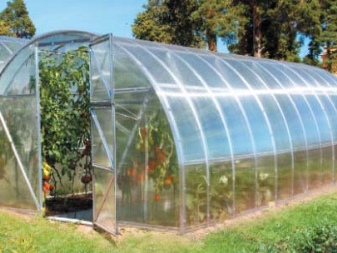

Why do processing?
Recently purchased greenhouses, as a rule, do not need processing, but models that have served for several years are a must. The reason for this is that the conditions in the greenhouse are always optimal for microbes: high humidity and temperature. This environment encourages the growth of fungi and bacteria. Pathogenic organisms accumulate in the soil, in the cracks of the structure, in the cold season they winter comfortably, and in the spring they wake up to start multiplying again.
In addition to pathogenic microflora, weather conditions should also be taken into account, which are far from always stable. During the winter, there will definitely be gusty winds, snowfalls, temperature drops. All this will affect the greenhouse: gaps and holes may appear in the covering material, the supporting structure may become thinner somewhere, the foundation will weaken.
It is in order to fight all these troubles that the processing of the polycarbonate greenhouse is carried out.
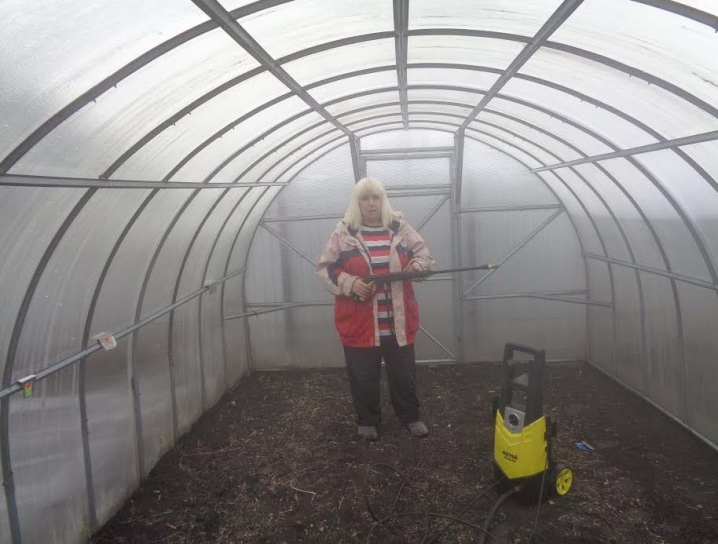
Period of work
Many summer residents believe that it is enough to process a polycarbonate greenhouse once a year, in spring, before planting a crop. However, this is not entirely correct. In order to qualitatively prepare a greenhouse for winter, it is necessary to start processing it in the fall, as soon as the last harvest was taken.
Such processing includes a whole range of activities:
- de-energizing all electrical appliances in the greenhouse, cleaning them in a dry place;
- drying the irrigation system, rinsing it with phosphoric acid (if this is not done, the water inside the system will freeze in winter and damage the pipes);
- digging the soil: all plant residues are collected and then burned (it is impossible to put on the compost, since there is a risk that bacteria remain in the plant mass);
- processing of the inner walls of the greenhouse: first they are washed with water, and then sprayed with fungicides;
- replacing the top layer of the soil, which most often accumulates the largest number of microbes;
- making dressings containing potassium and superphosphate, as well as humus;
- installation of supports: this is mandatory in regions with heavy snowfall, since the roof may not withstand the weight;
- treatment of the structure with slaked lime, followed by setting fire to the sulfur block and airing;
- sowing green manures and burying them in the upper layers of the soil.
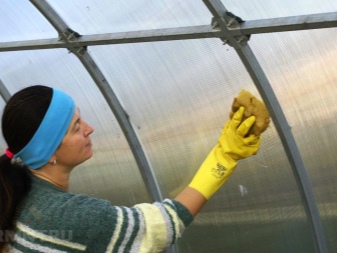
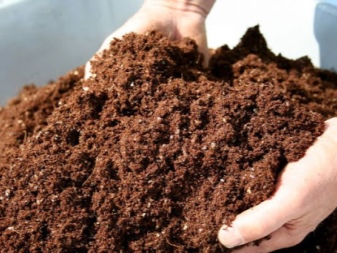
When the winter passes, the polycarbonate greenhouse will need a new spring treatment. The actions in this case will be no less important.
- At the very beginning of spring, you need to clear the area adjacent to the greenhouse from snow, and bring the snow inside and distribute it over the ground. This will saturate the soil with melt and useful water, as well as freeze it, thus destroying pests and microbes. Thanks to this, it will be possible to get rid of many diseases in the future. It is important to remember that you cannot open the door so that the snow will drip inside.
- Subsequent processing of the greenhouse implies the removal of all objects that may interfere: garden tools, equipment.The supports supporting the roof must be removed, which will be needed now only next fall. In this case, the props must be inspected: if they are made of wood and rotted, they must be thrown away, the whole ones are whitewashed with a solution of lime with the addition of painting glue. Metal structures are treated against rust and painted.
- If the plant remains have not been removed since the fall, this must be done in the spring, then burning them. Ashes can not be thrown away, because it is an excellent top dressing. After harvesting the plants, they begin to wash the walls: they make a weak soapy solution, adding bleach, and thoroughly wash all accessible areas. The walls are washed both outside and inside. When cleaning the interior, remember that soapy water with chlorine should not drain into the soil.
- Once finished with the walls, you should inspect the polycarbonate structure for damage. If the frame is damaged, it needs to be reinforced, while the deformed polycarbonate sheets are replaced. If there are gaps in the edges of the frames, it is recommended to apply a sealant.
After all the preparatory measures described have come to an end, disinfection and additional processing of the soil and walls are carried out. This will be discussed a little later.
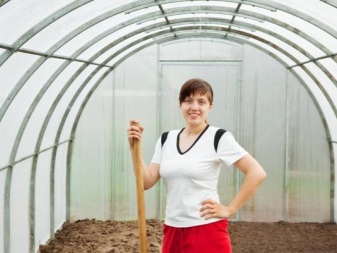
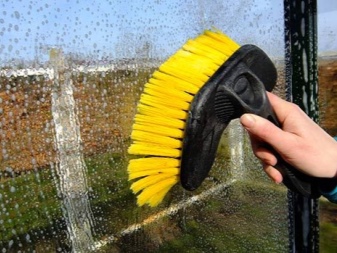
Disinfection methods
There are several ways to disinfect the inside of the greenhouse. Each of them is capable of producing the desired results.
Biological
This method of processing allows you to effectively disinfect the soil, while the harvest is clean, does not contain harmful impurities. If this method is chosen, some drugs should be purchased. For example, it could be Fitosporin, Baikal M, Bayleton. They are selected depending on what kind of ailment was noticed in the past and is undesirable in repetition. Each of the funds is aimed at combating a certain type of disease.
The selected product is diluted in accordance with the instructions, then the soil is watered with it (it should be wet and warm). When the soil absorbs the healing liquid, it is necessary to loosen the area a little, for this it is recommended to use a rake.
After carrying out this procedure, the cultivated part of the land is covered with spunbond.
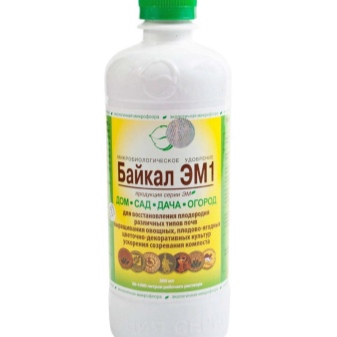
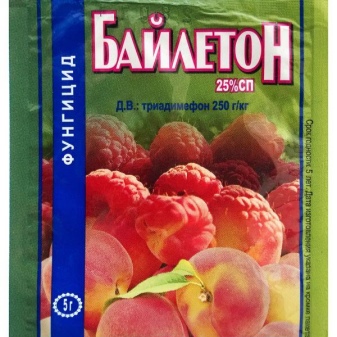
Chemical
Treatment with chemicals speeds up the disinfection process, it can relieve the summer resident of diseases and pests for a long time. However, it is important to understand that such a method of processing will not pass without a trace for the crop: it will contain particles of chemicals, and they certainly are not beneficial to humans.
There are a lot of means for chemical soil treatment, the assortment is huge. This is bleach, formalin, copper sulfate, and many ready-made balanced preparations. When planning to use one of these, it is important to first study the instructions in order to clearly understand the proportions.
The availability of protective equipment will also be a mandatory requirement, since the chemicals are harmful to the skin and mucous membranes. The substances should be sprayed in a cool time, it is best if this happens in the evening.
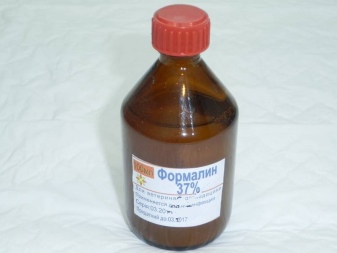
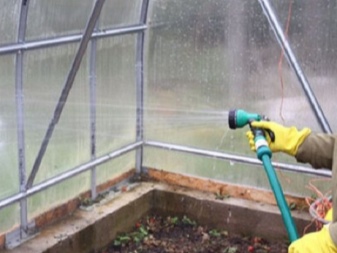
Temperature
This method of processing is the safest and absolutely free, since you do not have to buy any funds. In part, it has already been said about it when describing how to prepare a polycarbonate greenhouse in the spring. It is about applying snow to the soil. However, if there is no snow, but it is just a frosty day, you can open the door to the greenhouse. Cold air will penetrate inside, due to which harmful microorganisms will begin to die.
Important: the door cannot be opened during snowfalls, as it can simply be demolished. The same goes for days with strong winds.
In addition to snow, you can resort to boiling water. This is true if the greenhouse is small. The water is simply boiled, and then the soil is poured with it. Then you need to cover the ground to keep the steam. It is he who will allow you to get rid of phytophthora.
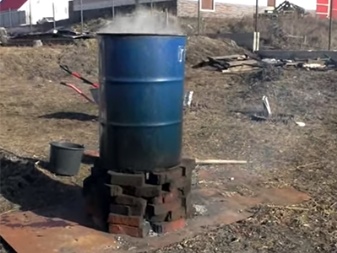
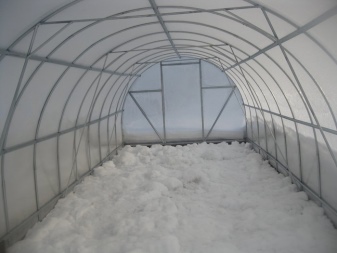
Processing methods
After the walls of the greenhouse are washed inside and disinfected, and the frame and covering material are repaired, it's time to start processing the greenhouse with additional means. Their use is relevant both simply for the prevention of possible diseases, and in cases where certain ailments were observed in previous seasons. There are several powerful remedies that you can use.
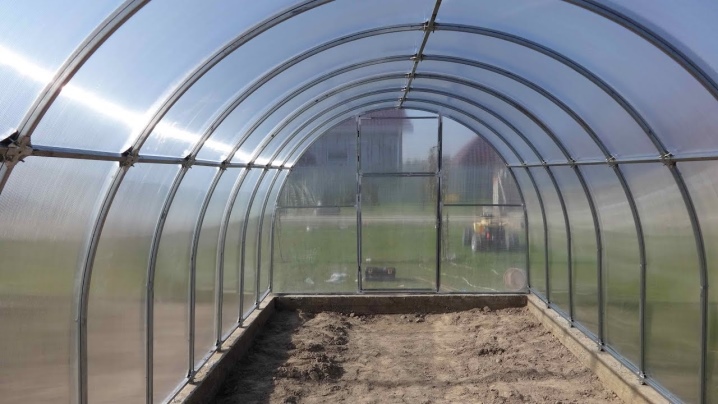
Sulfur checker
A sulfur stick is a tablet-shaped product equipped with a wick that will need to be set on fire. The larger the greenhouse area, the more checkers will be needed for fumigation. Before using the product, you need to make sure that the air temperature in the greenhouse is not lower than +10 degrees, and the top layer of the soil has dried out by at least 10 centimeters. Windows and doors are closed tightly to block the flow of air. Then checkers are set on fire and left to smoke for five days. After use, the room is thoroughly ventilated. It is also worth noting that checkers are used at least two weeks before planting seeds.
Sulfur checkers will be an excellent tool in the fight against pathogenic organisms. They will kill viruses, bacteria, fungi and insects. But they will kill the beneficial soil bacteria as well. In addition, smoke bombs have a bad effect on polycarbonate, so its sheets will acquire a dark shade. The use of this drug is not always justified, it has too many side effects. It is recommended to think about sulfur bombs only in extreme cases.
After using them, it is important to restore the land by fertilizing it with compost and adding "Baikal M".
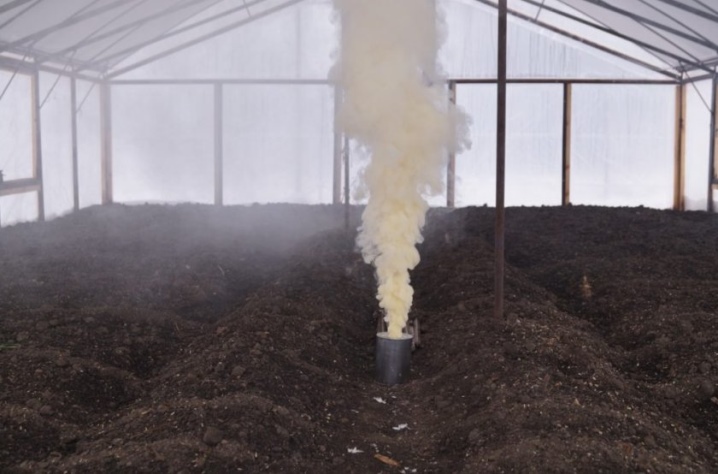
Fitosporin
The drug perfectly fights against fungal diseases and their pathogens. It is a biofungicide that is safe for the soil and future crops. However, the action of "Fitosporin" does not differ in duration, so the greenhouse will have to be disinfected several times per season.
Fitosporin is available in different forms: paste, powder, suspension. In any case, the drug will need to be dissolved in water. The liquid must be heated to a warm state, and you should also make sure that the temperature inside the greenhouse is about 15 degrees Celsius. The resulting mixture is set to brew for a couple of hours, then a greenhouse is treated with it.
The product itself is a fairly strong biofungicide, but it can be further improved. To do this, take 10 liters of water and dissolve in it four tablespoons of "Fitosporin", three tablespoons of peroxide and 10 tablets of "Metronidazole". With the resulting combination, the greenhouse is treated once every ten days.
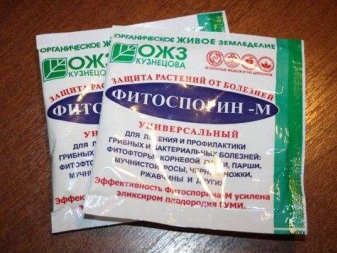
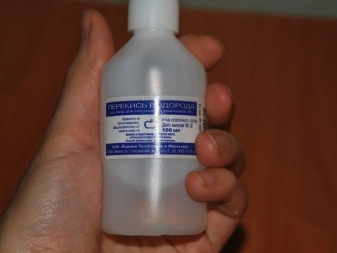
Copper sulfate
This drug is also an effective remedy in the fight against various fungal pathogens. It is used for both prophylaxis and treatment. To carry out preventive treatment of the greenhouse, it is necessary to dissolve 75 grams of vitriol in a bucket of water. If the plants were sick before, the dose per bucket is doubled.
When spraying with copper sulfate, you must wear personal protective equipment, be sure to have a respirator, since this agent is harmful to the respiratory tract. In addition, it is necessary to comply with the temperature conditions - + 10-15 degrees inside the greenhouse. Vitriol treatment is carried out a month before planting the crop.
It is important to remember that copper sulfate is a rather aggressive agent for exposure. It increases the acidity in the soil, and with too frequent treatments it contributes to the accumulation of copper. A large amount of copper will affect soil fertility and crop quality.
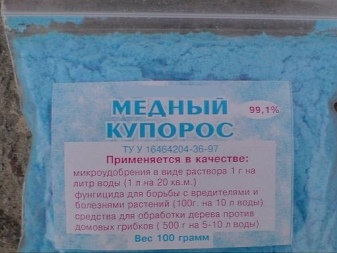

Potassium permanganate
Potassium permanganate is a budgetary and effective drug that can be found in every gardener. With the help of potassium permanganate, seeds and seedlings are disinfected, it perfectly kills bacteria. To process the greenhouse, five grams of potassium permanganate is dissolved in a bucket of water. The first step is to spray the supporting structures, the ends of the shelter, and the walls. Then, a couple of weeks before planting seedlings, the soil is poured with a solution of potassium permanganate.
It should be remembered that the remedy will be useless on acidic and soddy-podzolic soil.
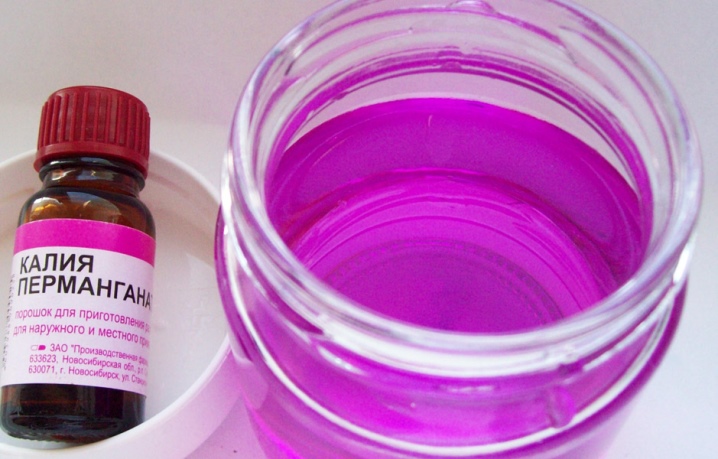
Bordeaux liquid
Bordeaux liquid contains 100 grams of copper sulfate and 200 grams of diluted lime. The solution has to be made independently. To do this, take a container of 5 liters and dilute vitriol in it. Lime is diluted in another container of the same volume. After that, both mixtures are mixed in a bucket and the site is treated. One square meter needs 10 liters.
As for the purpose of use, Bordeaux liquid has proven itself to be a remedy for combating various types of rot and other fungal ailments, as well as bacterial diseases.
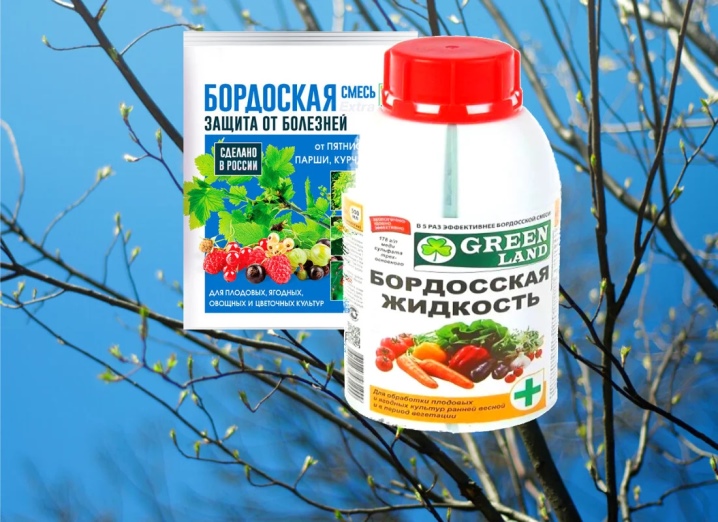
White
In the summer, attentive summer residents will notice specific deposits on the polycarbonate walls of greenhouses. This is organic plaque that needs to be removed or it will become a fertile breeding ground for bacteria. Many people use whiteness to remove such plaque. In addition, garden accessories are disinfected with the same agent: shovels, rakes, rippers.
Nevertheless, experts do not recommend getting carried away with whiteness, and especially in the case of polycarbonate greenhouses. The fact is that this tool negatively affects this material, as well as the soil. Plants can grow weak, frail, the number of fruits will decrease.
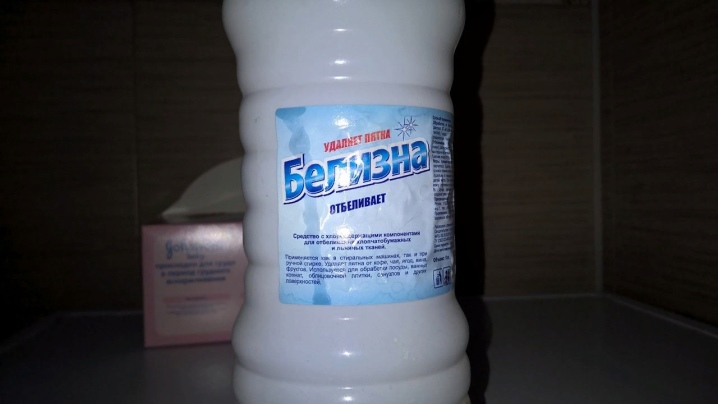
Pharmayod
This is a good remedy for combating various pathogens, including viral ones, as well as insects. Pharmaiod is on sale in dark glass vials. According to the instructions, it is diluted in water, and then the necessary parts of the greenhouse are sprayed.
It is important that the person performing the treatment is wearing personal protective equipment. After the procedure is completed, the greenhouse is closed for four days, you should not go there. After this period, the shelter is ready for any planting work.

Hydrogen peroxide
This is another disinfectant. The good thing about peroxide is that it is harmless, there is no risk of burns. This drug is used to disinfect the inner walls, as well as supporting structures. The most convenient way to use hydroperite is peroxide in the form of tablets. One bucket of water will need 6 pieces. The tablets are diluted in liquid, then it is poured into a spray bottle.
After processing, it is recommended to close the greenhouse and not go inside for several days.
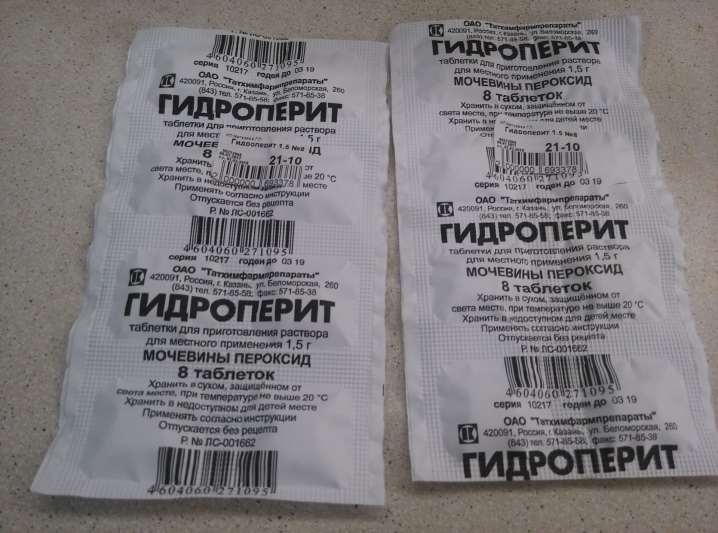
Ammonia
Ammonia, or ammonia, is a pungent-smelling product widely used by summer residents. Its main feature is the presence of nitrogen, which is so necessary for plants at the initial stages of development. The walls of the greenhouse can be washed inside and outside with ammonia. One tablespoon is enough for a bucket of water. In addition, the soil is watered with it, since ammonia kills almost all pests present in it. For prophylaxis, the same dose is taken as for washing. If pests have been noticed before, then the doses differ. For example, to prevent the occurrence of midges, you need 50 ml of the product, carrot flies - 25.

In addition to the tools already described, summer residents often use others.
- Laundry soap. Absolutely safe product that does not harm polycarbonate. A bar of soap is rubbed and then dissolved in water. After that, it remains only to spray the structure. The product must be kept for 2 hours, and then washed off. It is important that soapy water does not run onto the ground.
- Garlic. You need to take 40 grams of grated garlic and dilute it in a bucket of water. The solution is infused for 24 hours, then the greenhouse is treated with it. In addition to garlic, you can use onion peels.
- Siderata. These are special plants that restore soil and increase its fertility. And they also perfectly disinfect the earth, eliminating diseases and pest larvae. Siderata can be cereals and legumes, mustard.The grown siderates must be mowed and used as mulch or buried in the ground.
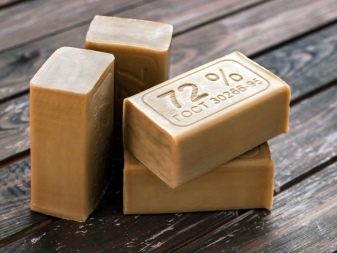
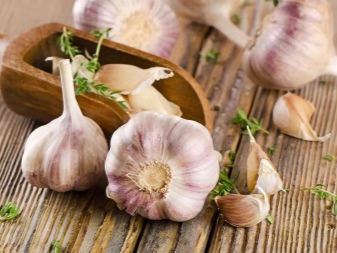
Precautionary measures
There are not so many precautionary rules for processing polycarbonate greenhouses, but it is advisable to follow them so as not to harm the material, plantings, and even more so to your health.
- To process the greenhouse, you need to have a separate inventory. It can be all sorts of rags, brushes, certain tools. All this is kept separate from other parts of the site and must be disinfected before and after processing.
- To carry out the disinfection process, you must prepare appropriate clothing. This will be a special mask, gown, respirator, gloves and more. When the treatment is complete, the clothes should be washed. It is also advisable to take a shower.
- In cultivated greenhouses, it is important to follow the no-smoking rule. If aggressive substances are used, for example, a smoke bomb, you must not go inside until the period specified by the manufacturer has expired.
- Having already disinfected the greenhouse and planting it with plants, one must not forget that any new seedling cannot be immediately brought into the shelter. He should be quarantined for several days. The purpose of this event is to find out if there are any diseases or pest larvae.
Thus, there are quite a lot of tools for processing polycarbonate greenhouses. The choice is very wide, so every gardener will find a method that will be most convenient for him.
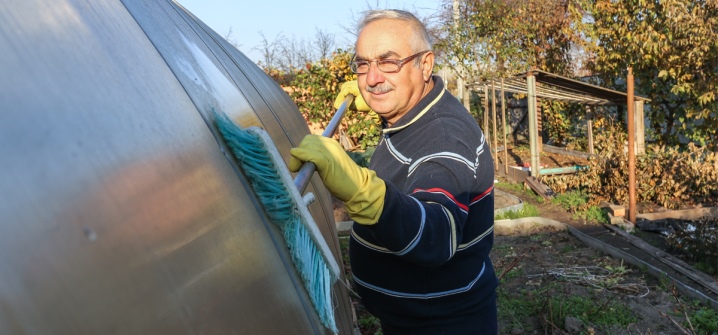
And observance of simple precautions will allow you to preserve not only the future harvest, but also the health of the summer resident.
For information on how to process a polycarbonate greenhouse, see the next video.





























































The comment was sent successfully.